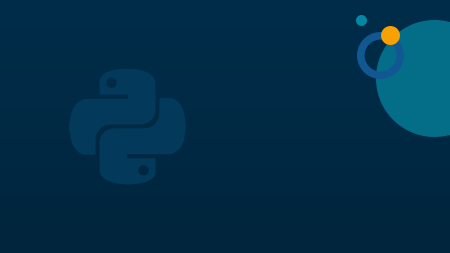
This course is designed to introduce beginners, especially children and young learners, to the world of programming and coding in a fun and interactive way. Scratch is a visual programming language developed by MIT that allows users to create animations, games, stories, and interactive projects by snapping together blocks of code.
In summary, this course is a fantastic starting point for anyone, especially young learners, interested in coding and creative digital projects. It promotes creativity, problem-solving, and digital literacy in a playful and engaging manner.
The content of this course includes the following key topics:
Introduction to Scratch: An overview of the Scratch programming environment, its interface, and the basic concepts of coding with Scratch.
Block-Based Coding: Learning how to use Scratch's block-based coding system to create scripts for characters, objects, and interactions within projects.
Sprites and Backdrops: Understanding the concept of sprites (characters or objects) and backdrops (backgrounds) and how to create and customize them.
Animation and Motion: Creating animations and controlling the motion of sprites through coding.
Events and Interactivity: Using events and triggers to make sprites respond to user interactions, such as mouse clicks or keyboard inputs.
Sound and Music: Incorporating sound effects and music into Scratch projects.
Costumes and Sprites: Customizing sprites by changing their costumes and appearances.
Variables and Data: Introduction to variables and data storage in Scratch, allowing for more complex and dynamic interactions.
Loops and Control Structures: Learning how to use loops and conditional statements to control program flow.
Creating Games: Developing simple games, interactive stories, and multimedia projects using Scratch.
Sharing and Collaboration: Understanding how to share Scratch projects with others and collaborate on creative coding projects.
Enrolling in this course offers several benefits:
Introduction to Coding: It serves as a gentle and engaging introduction to programming concepts and logic.
Creativity and Problem-Solving: Scratch encourages creative thinking and problem-solving as learners design their own interactive projects.
Visual Learning: The block-based coding in Scratch makes it accessible and engaging for visual learners and young learners.
Educational Tool: It is often used in educational settings to teach STEM (Science, Technology, Engineering, and Mathematics) concepts in an interactive way.
Digital Literacy: It enhances digital literacy by introducing students to software development concepts and tools.
Confidence Building: Learners gain confidence as they see their creative ideas come to life through coding.
Community and Sharing: Scratch has a large online community where learners can share their projects and learn from others.
Preparation for Future Learning: It can serve as a stepping stone for learning more advanced programming languages and concepts.
Applicable to Multiple Fields: Scratch skills can be applied to educational projects, storytelling, game design, and more.
Cross-Curricular Learning: Scratch projects can integrate with other subjects, such as science, art, and history, allowing for cross-curricular learning experiences.


